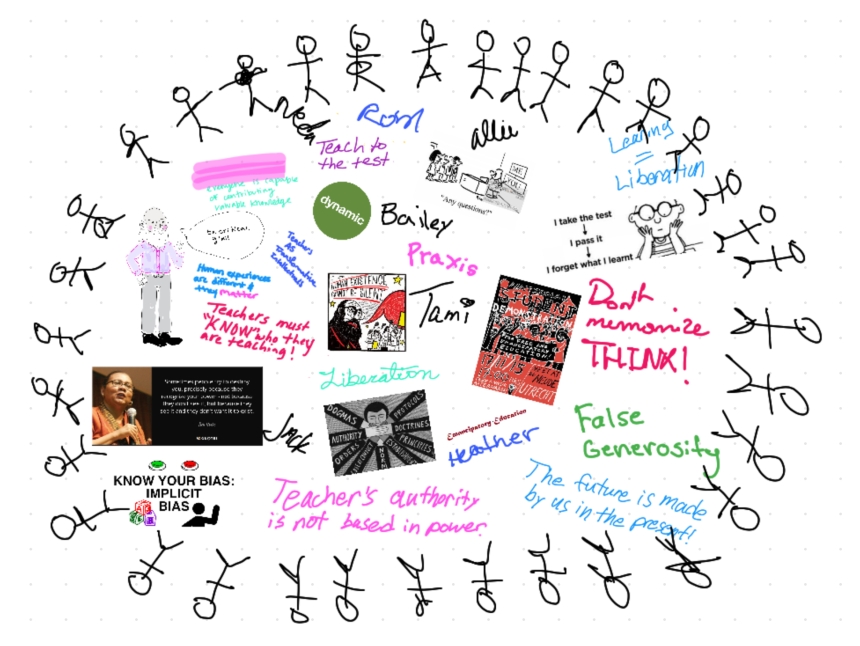A recent reading of Garnder Campbell’s Post, “Curiosity as a Learning Outcome” drove me to consider the arcs and anecdotes by which I’ve observed curiosity in my own personal life. Within the post, Campbell cites 10 generalized, psychological metrics of curiosity as emblematic of the very virtues higher learning seeks to imbue upon students. An interesting extension of this would be to note the extent to which knowledge and curiosity reinforce each other, such that certain knowledge becomes a prerequisite of useful inquiry. At the surface level, we may see the fruitlessness of low effort curiosity, the 2AM infomercial inventor type. XKCD sums it up well here, whereby some people might spend their entire life thinking the one thing standing between themselves and a fabulous fate was one little nugget of inspiration, that one idea for the pet rock, that fortunate twist a friend managed to nab by sheer luck alone, discounting any sense of the journey required to reach it. Within my undergraduate studies in Chemistry, I found it interesting to see how the first year and a half was all multicolored fires, liquid nitrogen, and churning reactions. After the whiz bang theatrics, we settled into 2.5 years of analyzing very low concentrations of sundry compounds in deionized water. It was far less exciting than the years preceding it, but that space beyond the attentions of armchair inventors is where the real work and money were. I see this as a solid anology to higher education in that if one truly wishes to innovate within their field, they must possess such intense curiosity that they can work the long hours for that 5% improvement that changes their mind. That’s not to say there’s no low hanging fruit in the world, just in the 1990s we as a species figured out how to save thousands of lives a year using two clay pots and a bit of sand.
Coming from a different perspective, my experience in search and rescue shows the risks of fatigued curiosity. There is a very well known phenomena within mass disaster response that injuries and accidents happen after the second day. When first thrust into a novel and dangerous situation, our alertness is peaked, and by extension our curiosity. We scan our environment with wide and suspicious eyes, and we note everything that appears out of place. As time passes we grow comfortable, we stop asking questions, and well fall into a routine, forgetting full well that nothing about our current situation may be routine. Further, there is the question of finding subjects. As with danger, curiosity about the environment for clues and signs will often wane with time and experience.
Newly trained volunteer searchers will call stop for every out of place soda can, beer bottle, and candy wrapper. There appears to be no acre of land on this green earth lacking each of those in abundance. With time one becomes more inured to clues and more motivated to cover distance and finish tasks. During such missions it’s not uncommon to pass an old shed, a pile of debris, or even an odd patch of terrain that’s a little ways outside of the task area yet draws the mind. The stories of search subjects are often concluded before the search begins regardless of our actions, but this may be unknown to the world at large for days if not weeks, sometimes years. Given the weeks of media reminders, unsatisfied curiosity may lead way to nagging doubts or potent regrets. Therefore, whenever anyone asks “is it worth searching that?” the answer is always “yes if you will sleep better, we can wait.”
Summing these up, perhaps there’s a strategy within for crafting a potent and useful curiosity within education. It’s important to arouse curiosity with the shiny colors and whizbang theatrics, yet one must also carefully manage the following the drudgery of finesse until the excitement of the frontier. Likewise, in time within any field curiosity may wane and leave one vulnerable. A periodic sidestep into the adjacent fields may prove an exciting deterrent to complacency well worth the opportunity cost of the transition.










